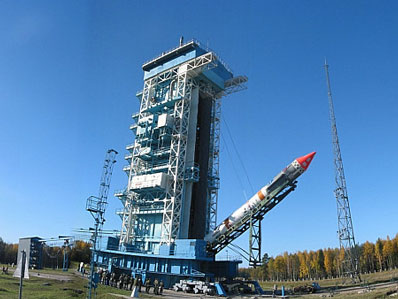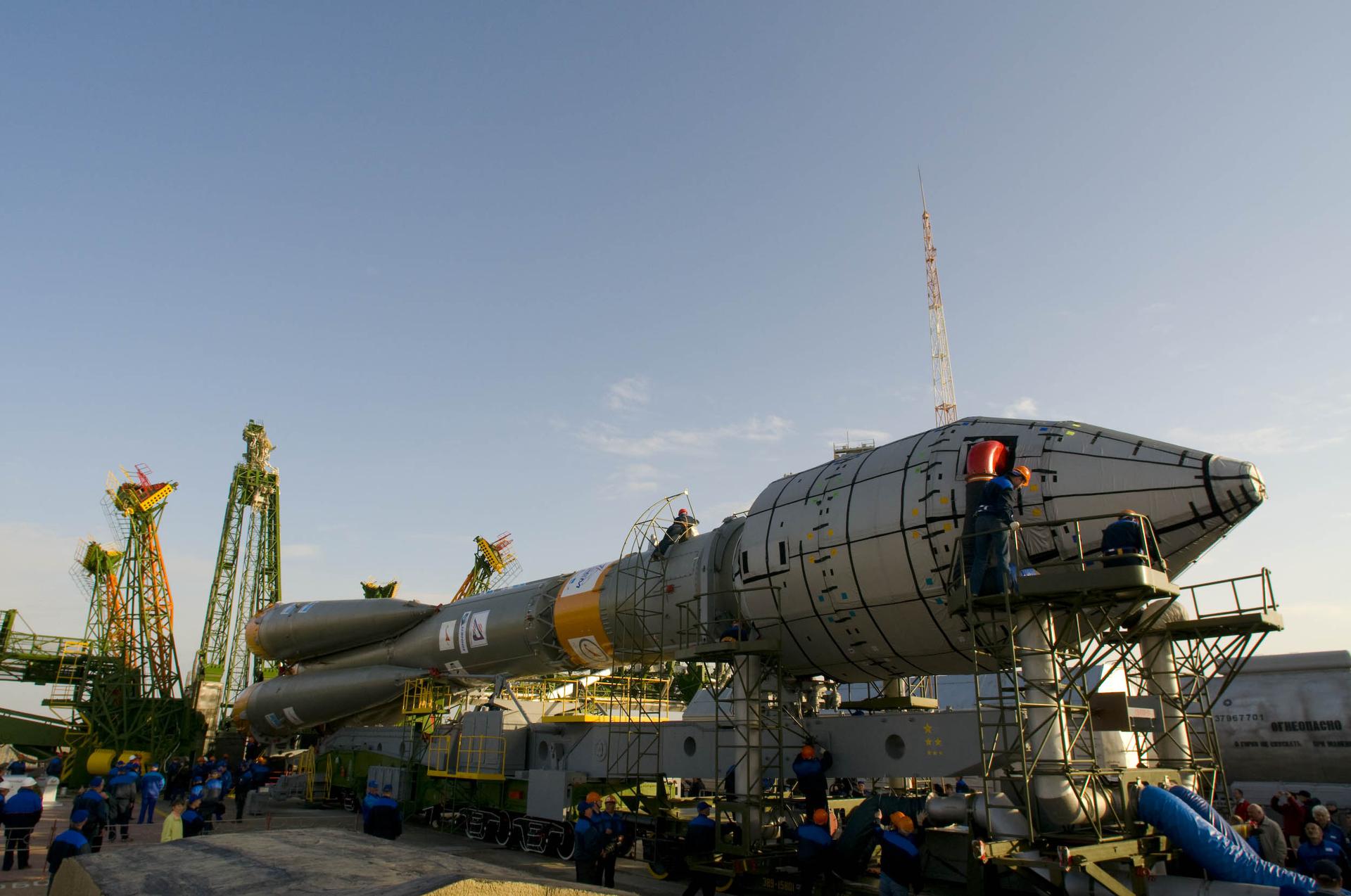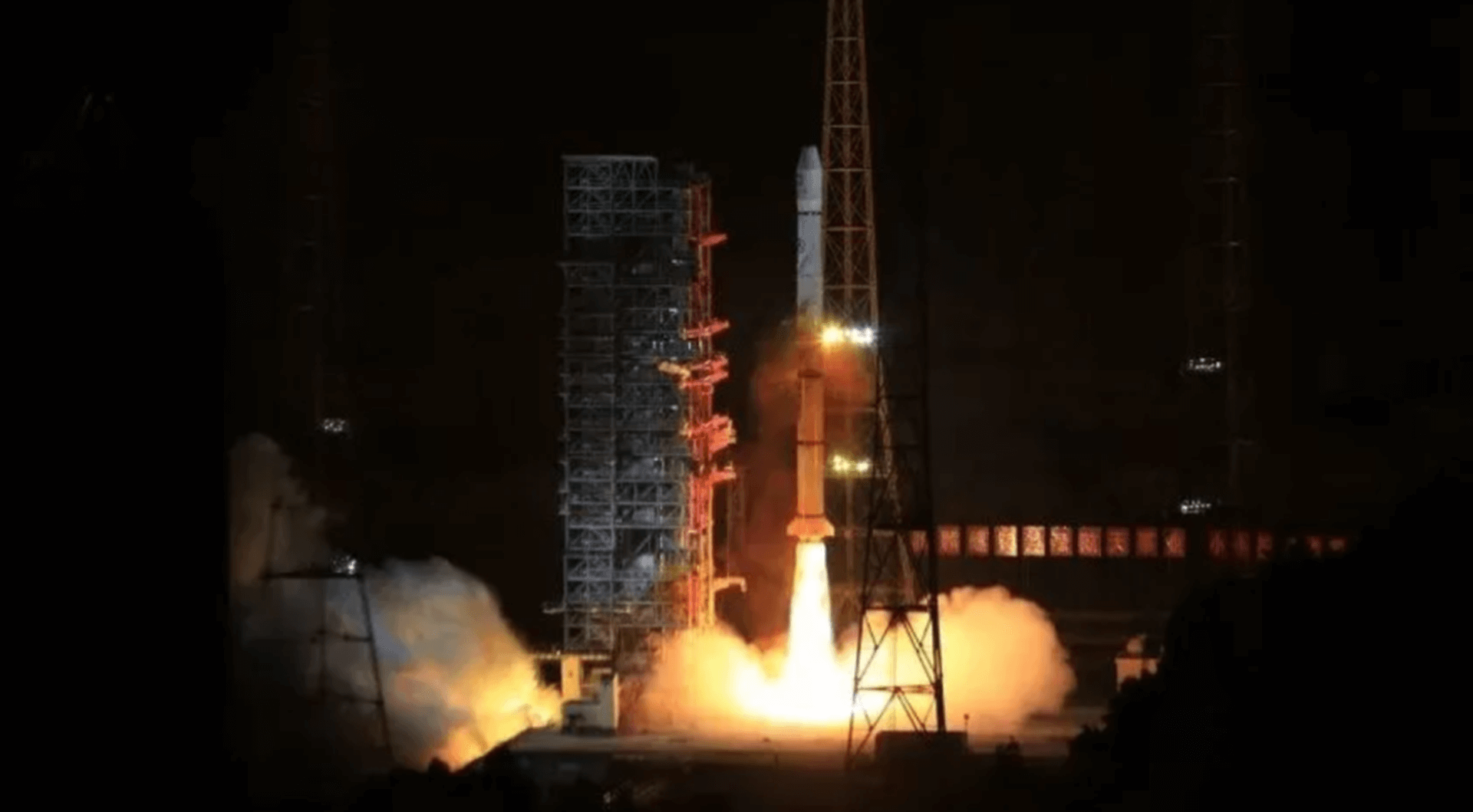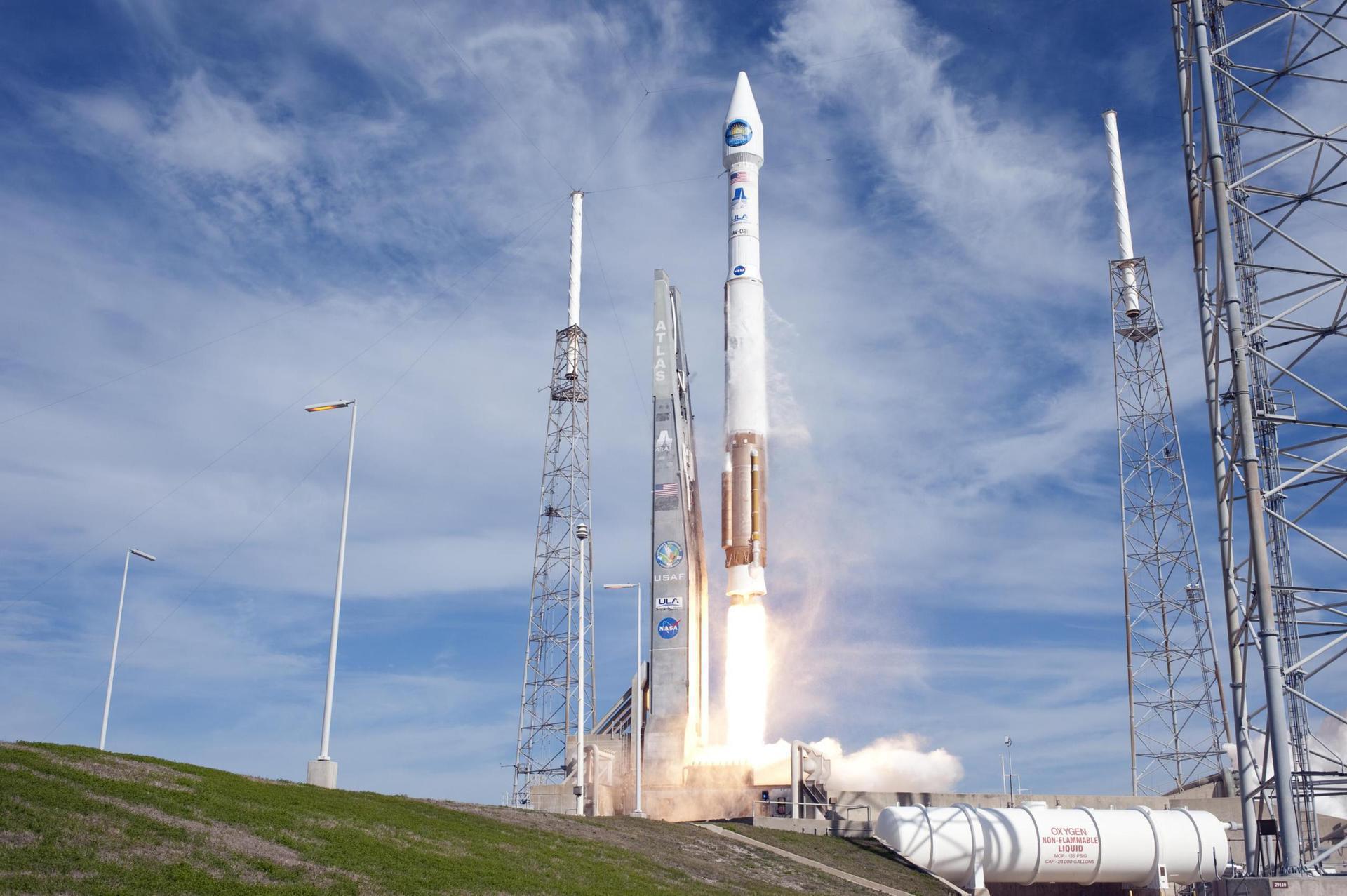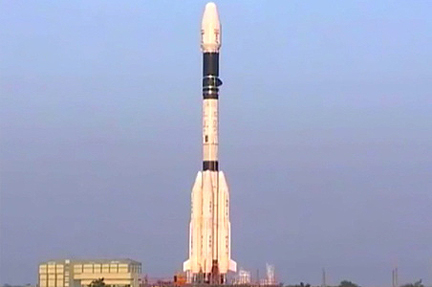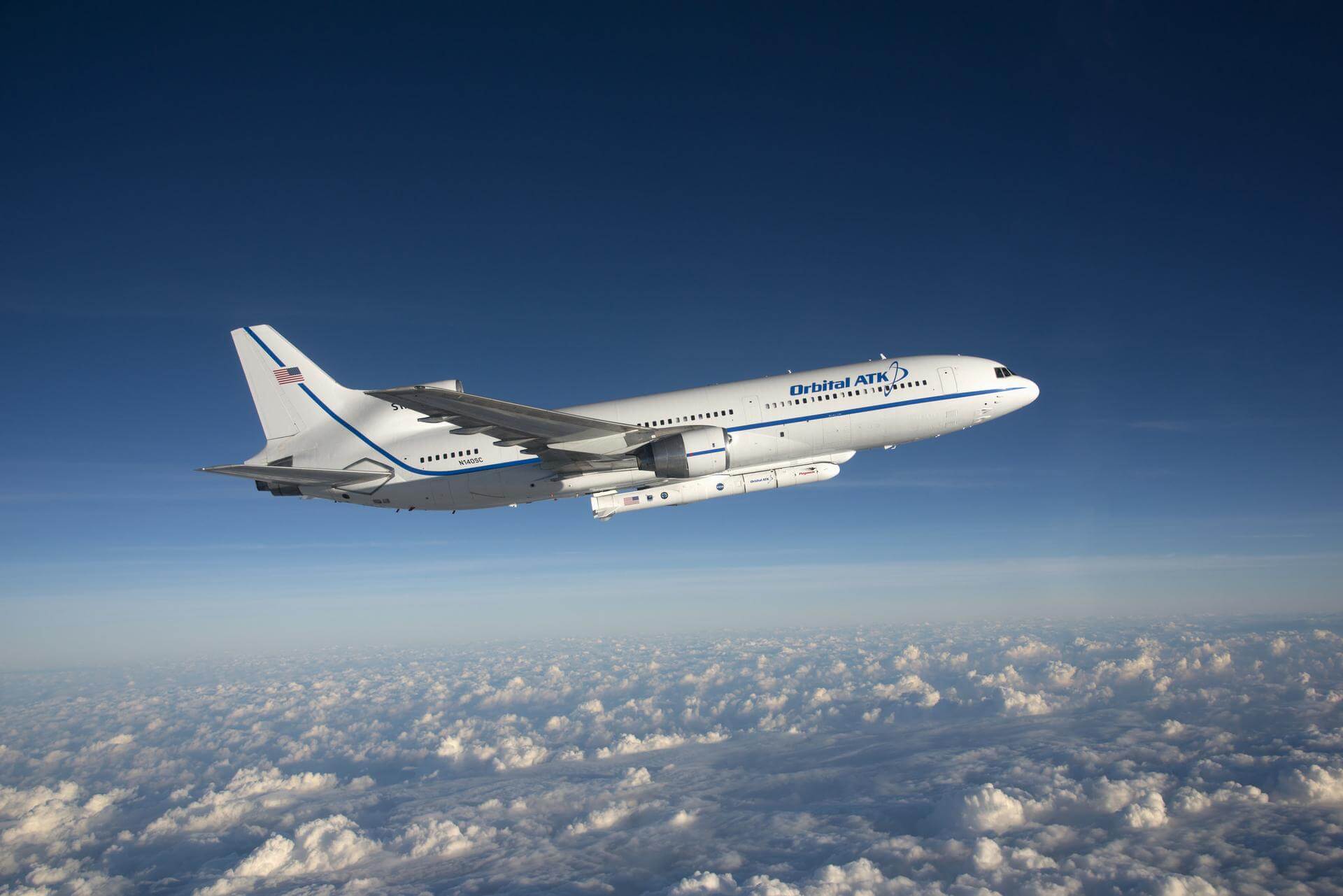Previous Spaceflight Launches
Filter by Agency, Locations or Vehicles
Show All LaunchesSoyuz U | Progress M1-10
Russian Federal Space Agency (ROSCOSMOS) | RussiaBaikonur Cosmodrome, Republic of Kazakhstan
June 8, 2003, 10:34 a.m.
Proton-K/Briz-M | AMC 9
Khrunichev State Research and Production Space Center | RussiaBaikonur Cosmodrome, Republic of Kazakhstan
June 6, 2003, 10:15 p.m.
Kosmos-3M | Parus 94
Russian Space Forces | RussiaPlesetsk Cosmodrome, Russian Federation
June 4, 2003, 7:23 p.m.
Soyuz-FG | Mars Express
Progress Rocket Space Center | RussiaBaikonur Cosmodrome, Republic of Kazakhstan
June 2, 2003, 5:45 p.m.
Status: Launch Successful
Mission:
Mars Express is a space exploration mission being conducted by the European Space Agency (ESA). The Mars Express mission is exploring the planet Mars, and is the first planetary mission attempted by the agency. Mars Express consists of two parts, the Mars Express Orbiter and Beagle 2, a lander designed to perform exobiology and geochemistry research. Although the lander failed to fully deploy after it landed on the Martian surface, the orbiter has been successfully performing scientific measurements since early 2004, namely, high-resolution imaging and mineralogical mapping of the surface, radar sounding of the subsurface structure down to the permafrost, precise determination of the atmospheric circulation and composition, and study of the interaction of the atmosphere with the interplanetary medium.
Mars OrbitLong March 3A | Beidou Daohang Shiyan Wei. 3
China Aerospace Science and Technology Corporation | ChinaXichang Satellite Launch Center, People's Republic of China
May 24, 2003, 4:34 p.m.
Atlas V 401 | Hellas Sat 2
United Launch Alliance | United States of AmericaCape Canaveral SFS, FL, USA
May 13, 2003, 10:10 p.m.
M-V | Hayabusa
IHI Corporation | JapanUchinoura Space Center, Japan
May 9, 2003, 4:29 a.m.
Status: Launch Successful
Mission:
MUSES-C (renamed Hayabusa after launch) is a sample return mission to the asteroid. Its primary goal is to acquire and verify technology which is necessary to retrieve samples from a small body in the solar system and to bring back them to the earth.
AsteroidGSLV | GSAT-2
Indian Space Research Organization | IndiaSatish Dhawan Space Centre, India
May 8, 2003, 11:28 a.m.
Pegasus XL | Galaxy Evolution Explorer (GALEX)
Orbital Sciences Corporation | United States of AmericaAir launch to orbit
April 28, 2003, 11:59 a.m.
Soyuz-FG | Soyuz TMA-2
Progress Rocket Space Center | RussiaBaikonur Cosmodrome, Republic of Kazakhstan
April 26, 2003, 3:53 a.m.
Status: Launch Successful
Mission:
Soyuz TMA-2 begins Expedition 7 by carrying 2 astronauts and cosmonauts to the International Space Station. Russian Commander, cosmonaut Yuri Malenchenko alongside Flight Engineer, Edward Tsang Lu (NASA) will launch aboard the Soyuz spacecraft from the Baikonur Cosmodrome in Kazakhstan and then rendezvous with the station. It landed on October 28, 2003, 02:40:20 UTC
Low Earth Orbit

